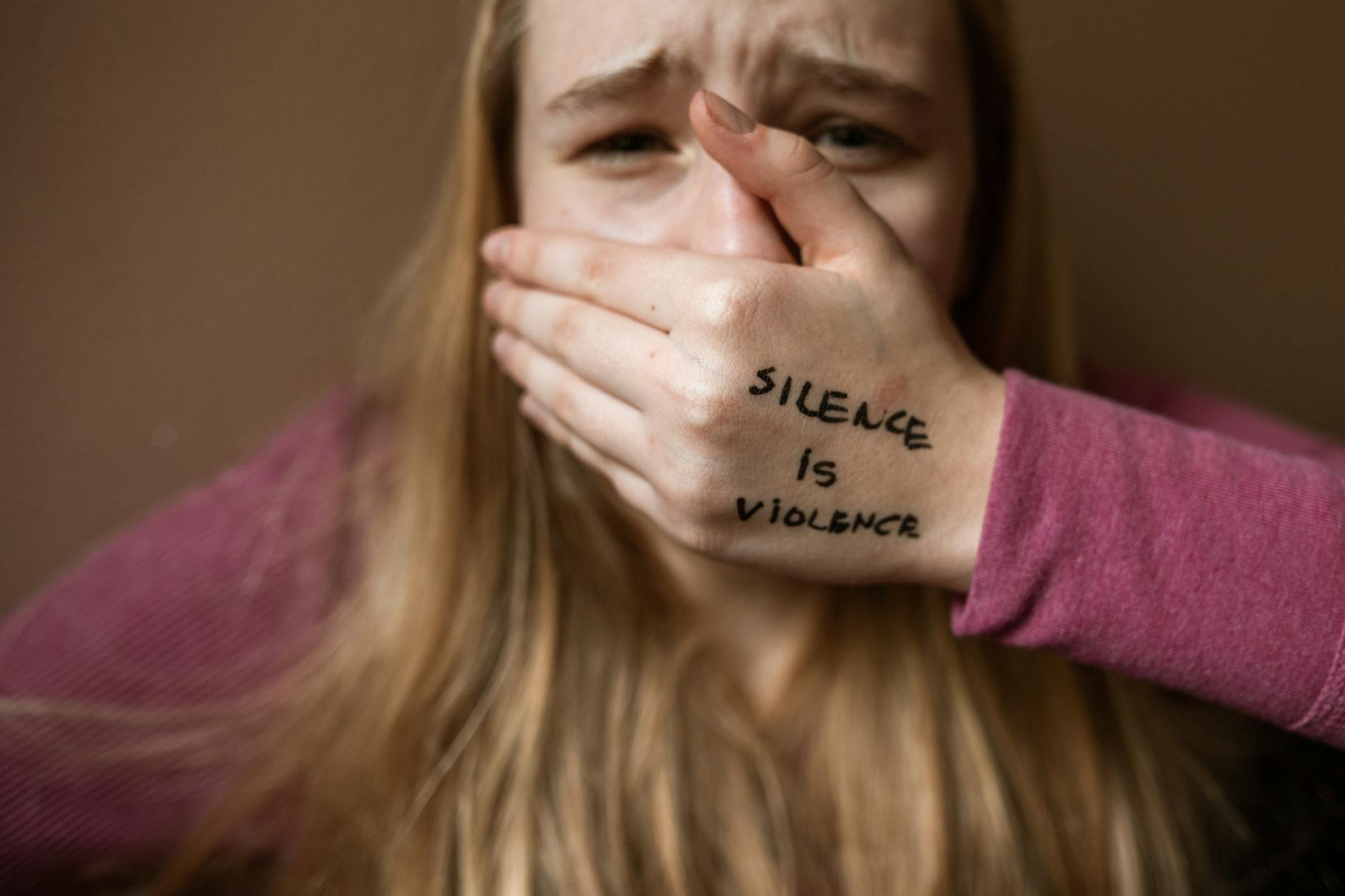Discover the hidden battle within: explore the raw truth of living with PTSD and the silent struggles faced daily.
Table of Contents
- What is PTSD?
- Recognizing the Symptoms
- Seeking Help and Support
- Breaking the Stigma
- Self-Care and Coping Strategies
Practicing self-care and using coping strategies can play a significant role in managing PTSD symptoms. Activities such as exercise, mindfulness, and connecting with supportive individuals can all help in the healing process.
Creating a Supportive Environment
- Advocating for Mental Health Awareness
- Conclusion
What is PTSD?
Post-Traumatic Stress Disorder (PTSD) is a mental health condition that can develop after experiencing a traumatic event. It can affect anyone, regardless of age, gender, or background. PTSD manifests in various ways and can significantly impact a person’s daily life.
Recognizing the Symptoms
Common symptoms of PTSD include intrusive memories of the traumatic event, flashbacks, nightmares, severe anxiety, and emotional numbness. People with PTSD may also experience hypervigilance, irritability, and difficulty sleeping.
Seeking Help and Support
It’s crucial for individuals experiencing symptoms of PTSD to seek professional help. Therapy, medication, and support groups can all be beneficial in managing PTSD symptoms and improving overall well-being.
Breaking the Stigma
Unfortunately, there is still a stigma surrounding mental health conditions like PTSD. It’s essential to educate others about PTSD and promote a culture of understanding and compassion towards individuals struggling with this condition.
Self-Care and Coping Strategies
Practicing self-care and using coping strategies can play a significant role in managing PTSD symptoms. Activities such as exercise, mindfulness, and connecting with supportive individuals can all help in the healing process.
Creating a Supportive Environment
For those living with PTSD, having a strong support system is crucial. Family, friends, and healthcare professionals can all contribute to creating a safe and understanding environment for individuals coping with PTSD.
| Topic | Description |
|---|---|
| What is PTSD? | Post-Traumatic Stress Disorder (PTSD) is a mental health condition that is triggered by a traumatic event. It can cause flashbacks, nightmares, severe anxiety, and uncontrollable thoughts about the event. |
| Symptoms | Common symptoms of PTSD include persistent frightening thoughts and memories of the event, emotional numbness, trouble sleeping, and feeling constantly on edge. |
| Causes | PTSD can be caused by a variety of traumatic events such as military combat, sexual assault, natural disasters, or car accidents. |
| Treatment | Treatment options for PTSD include therapy, medication, and support groups. It is important for individuals with PTSD to seek help from mental health professionals. |
| Coping Mechanisms | Self-care practices such as exercise, mindfulness, and relaxation techniques can help individuals living with PTSD cope with symptoms and improve their quality of life. |
Advocating for Mental Health Awareness
Advocacy and awareness are essential in breaking the silence surrounding PTSD and other mental health conditions. By sharing personal stories, participating in campaigns, and supporting mental health initiatives, we can help reduce the stigma associated with PTSD.
Conclusion
Living with PTSD can be challenging, but with the right support and resources, individuals can lead fulfilling lives. It’s essential to prioritize mental health and seek help when needed. Remember, you are not alone, and there is hope for recovery and healing.
What are the main causes of PTSD?
PTSD can be triggered by various traumatic events such as military combat, sexual assault, natural disasters, accidents, or witnessing violence.
How can individuals manage PTSD symptoms?
Managing PTSD symptoms involves seeking professional help, participating in therapy, medication, joining support groups, practicing self-care, and using coping strategies.
Is PTSD treatable?
Yes, PTSD is treatable. With proper therapy, medication, and support, individuals can learn to manage their symptoms and improve their quality of life.
How can I support a loved one with PTSD?
Supporting a loved one with PTSD involves listening without judgment, offering emotional support, encouraging professional help, being patient, and creating a safe and understanding environment for them to feel comfortable in.





